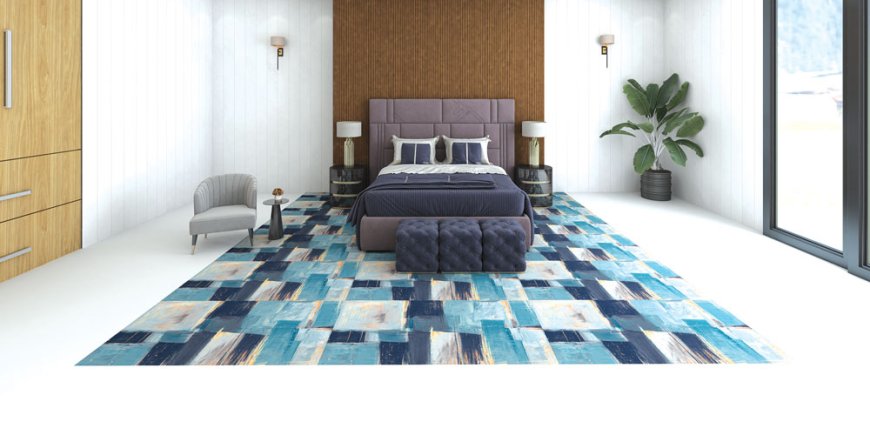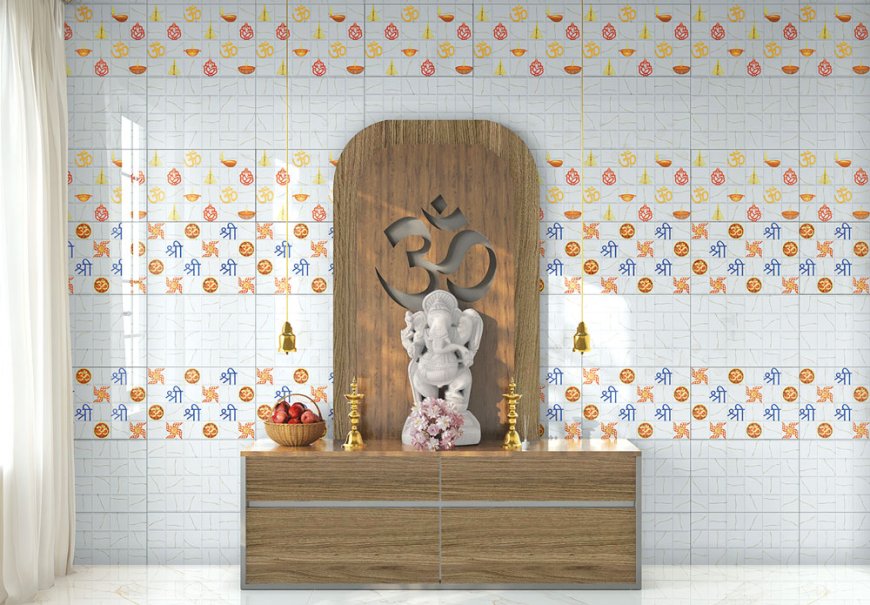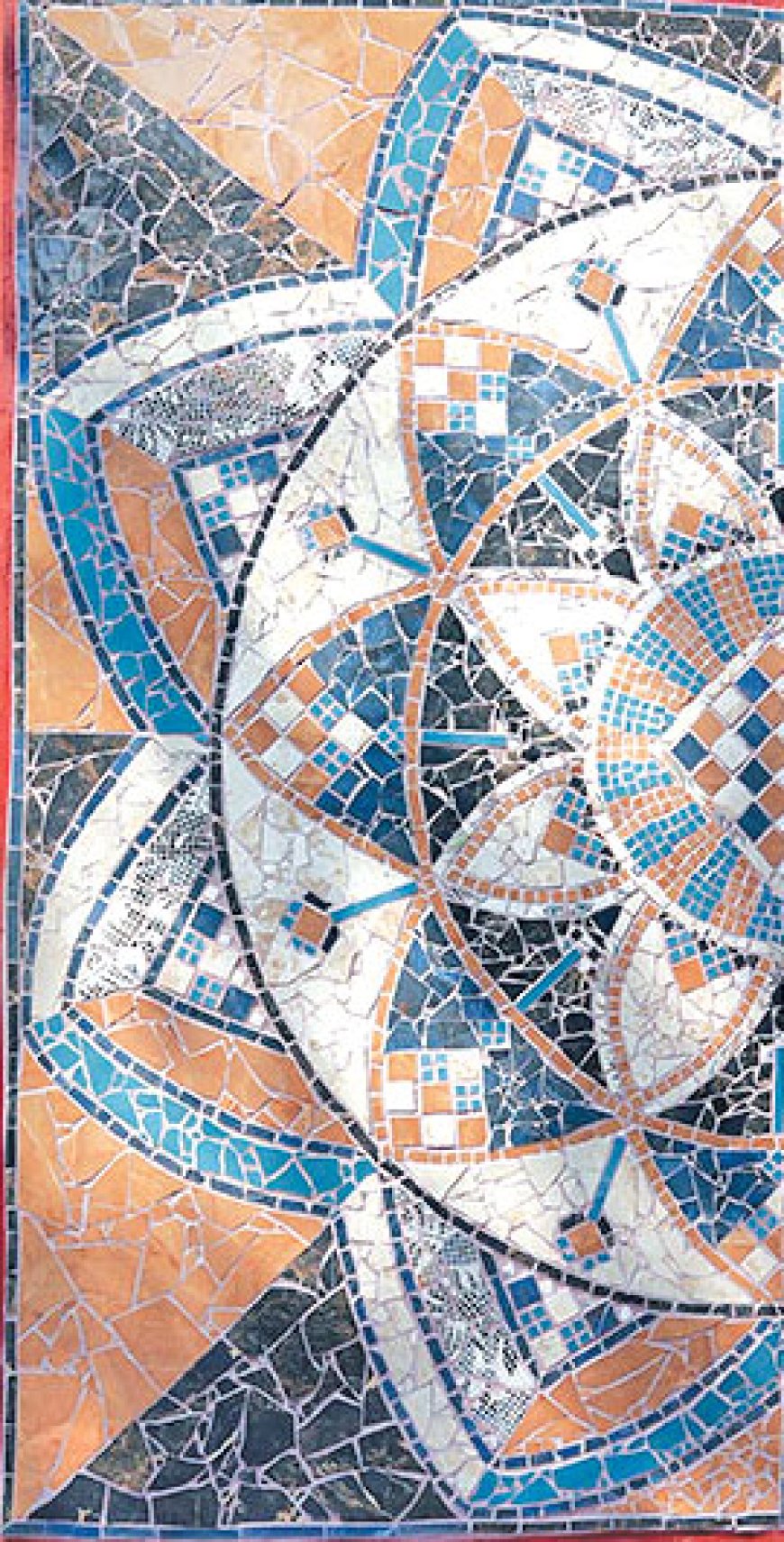Consumers have a diverse array of design and material options to enhance their living spaces.

Sudhanshu Pokhriyal,
How is the market of tiles and floorings evolving in India?
The Indian flooring market is currently witnessing growth owing to a few factors such as urbanization, the evolving preferences of consumers, and an increased focus on aesthetics in both residential and commercial spaces.
Flooring goes beyond mere functionality, playing a pivotal role in establishing the overall aesthetic of a space. Today, customers find themselves presented with a plethora of options, including a diverse selection of colours, shapes, textures, and materials, offering an abundance of choices to enhance the visual appeal of their living areas.
Tiles popularity stems from its seamless adaptation to contemporary lifestyles and inherent flexibility, making it a versatile choice for various spaces. Consumers are increasingly looking for flooring options that combine both functionality and visual appeal. In this regard, modular flooring, with its aesthetic versatility, has emerged as the preferred choice in the market.

What are the latest developments in designs and materials?
One of the recent advancements is the integration of 3D printing technology. The application of 3D printing in flooring provides consumers with the freedom to tailor designs according to their individual preferences. This customization extends beyond traditional patterns and styles, offering a diverse range of creative possibilities.
In terms of aesthetics, designers are experimenting with unconventional shapes, textures, and colour combinations. Geometric patterns, abstract designs, and bold colour choices are becoming more common, providing consumers with a wide array of options to express their individual style.
How is the demand trend for different types of designs and materials?
In the current landscape of design and material trends, consumers have a diverse array of options to enhance their living spaces. Choices include vinyl flooring, carpet tiles, laminate flooring, stone flooring, checkerboard patterns, and more. A notable trend gaining prominence is the inclination towards sustainable flooring, where choices like hardwood and large natural planks are gaining traction. This reflects a growing awareness and inclination towards eco-friendly and aesthetically pleasing choices in flooring materials.
What are the latest innovations in your range of products?
In line with the latest industry trends and consumer demands, Hindware Italian Tiles has recently introduced two distinct ranges: The Carpet and the Robusto Series. The Carpet Series, available in a size of 800 x 1,600 mm, features two SKUs with stunning multi-carving finish, providing a contemporary alternative to conventional carpets. These versatile tiles can be used to create signature walls in living and bedrooms, adding a modern touch to interior spaces.
The Robusto Series, sized at 8,000 x 1,600 mm, encompasses five SKUs with a calming colour palette including white, mint, and off-white. These tiles are scratch-resistant, capable of withstanding sharp objects such as knives, stones, and metal, and are also heavy impact-resistant. This makes them an ideal solution for areas with high foot traffic, ensuring that the finish remains intact over time. Additionally, the series offers anti-skid properties, easy maintenance, and water resistance, further enhancing its suitability for various spaces.
Complementing these cutting-edge innovations, Hindware's festive collection in the compact 300 x 450 mm size introduces four SKUs, each featuring a glossy finish. Meticulously curated to meet the dynamic and evolving needs of consumers in the realm of home décor, this collection presents a perfect blend of style and functionality, further enriching Hindware's ceramic wall portfolio.

How do you visualize the future market for tiles and floorings? What are your future plants?
The tiles market in India is around Rs 35,000 crore. When it comes to value, the collective contribution of organised players accounts for approximately 40%, which amounts to around Rs 14,000 crore. In terms of volume, the market size is approximately 900 million sq m with organised players contributing about 25%, equivalent to around 240 million sq m. The emergence of advanced technologies in ceramic and vitrified tile production has revolutionised the industry, offering unparalleled design possibilities, enhanced performance, and increased sustainability. From digital printing and inkjet decoration to nanotechnology-infused tiles and porcelain slabs, brands are continuously pushing the boundaries of what is possible in tile design and production.

Broken Not Waste
Addressing waste management in the ceramic industry, Hindware Italian Tiles has taken a significant step through its campaign - Broken Not Waste - by encouraging the reuse of broken tiles typically discarded after home construction. In a bid to promote sustainability, we have collaborated with our dealers, top industry architects and interior designers across the country to champion this initiative. This collaboration not only expands its impact but also incorporates diverse perspectives, fostering a shared commitment to sustainability in the ceramic industry. We emphasize the importance of repurposing these broken tiles into beautiful artefacts such as pathways, signature walls, flower vases, and various other creative items. Our objective is to address the tile waste issue comprehensively, from the design stage to the end of the product lifecycle.
To amplify the campaign, we are actively engaging with our audience on various digital platforms including Meta, Twitter, LinkedIn, and YouTube. Through these channels, we aim to spread awareness about the positive environmental impact of reusing ceramic waste and inspire consumers to participate in this sustainable initiative.
This impactful initiative has resonated widely, earning accolades nationwide and earning recognition from the Government of India under the Swachh Bharat Mission. This acknowledgment not only underscores the commendable efforts of our ‘Broken Not Waste’ campaign but also accentuates the profound importance of our commitment to waste reduction and sustainable practices within the ceramic industry.







